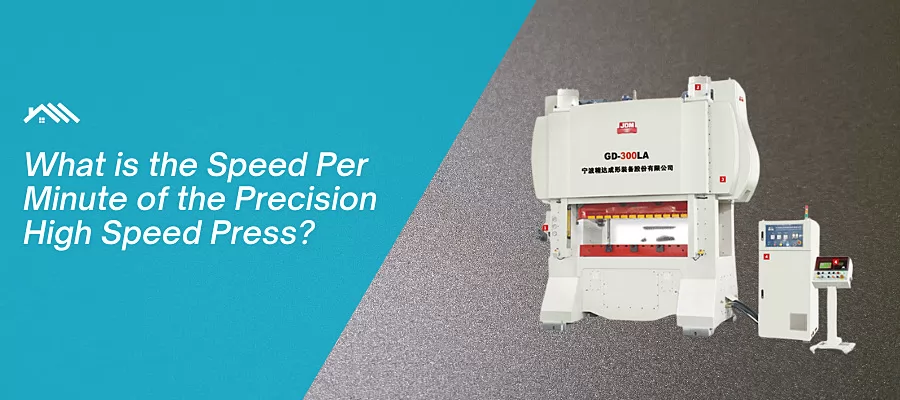








With the rapid development of electronic communication and various precision parts, the demand for precision stamping parts in the market is increasing. At this time, it is to test how fast our precision high speed press is. How many times can the precision high-speed press work in a minute? What is the difference between it and ordinary presses? This article will tell you the answer.
At present, the speed range of high-speed precision presses has not yet been clearly defined in the world. Generally, presses with a stamping speed 5-10 times higher than ordinary presses are collectively referred to as high-speed precision presses.
Can be distinguished according to these conditions
In recent years, with the continuous development of stamping technology in the direction of high-speed, precision, and intelligence, the development momentum of high-speed presses has been further promoted. Many precision high-speed presses have emerged on the market, such as the German Raster Company and the United States. The small-tonnage high-speed precision presses developed by Munster Company, Swiss Bludel Company, German Schuler Company, Japan Nozori, and Product Company, etc., have slide strokes up to 2000 times/min, 3000 times/min, and 4000 times/min. Under load, it can meet the super precision requirements in the standard, which indicates that the high-speed precision press technology has developed to the ultra-high-speed and ultra-precision technology stage.
Some companies divide small-tonnage high-speed precision presses into the following four speed levels according to the number of strokes of the slider: normal speed ≤ 250 times/min, sub-high speed ﹥250 to 400 times/min, high speed ﹥400 to 1000 times/min, and super High speed ≥1000 times/min.
C-type high-speed punch: 200-1000 times per minute
Longmen high-speed punch: 200-2000 per minute. At present, China's domestic high-speed press technology has reached the leading level. The high-speed punch can reach 200-2000 times/min.
25 tons are generally used for 200-2000 times, 45 tons within 1600, and 65-85 tons about 1000.
Judging from the application of high-speed precision presses in most companies, it is more reasonable for the stroke speed to be the average of the low stroke number and the high stroke number of the slider or a stroke speed that is 10-20% greater than the average. Because of the high number of strokes of the slider of a high-speed precision press, it generally refers to the number of strokes without load. When the number of strokes reaches a certain value, the imbalance phenomenon of the press in operation will increase significantly, and the dynamic change of the bottom dead center of the slider is relatively large. The quality of the coil, the feeding speed, the performance and life of the mold, and the strength of the equipment must be resolved. A series of technical issues such as accuracy, automatic monitoring and stability of faults, vibration and noise, and lubrication and cooling systems, so the rationality of the stroke speed in the application of high-speed precision presses is quite critical.






